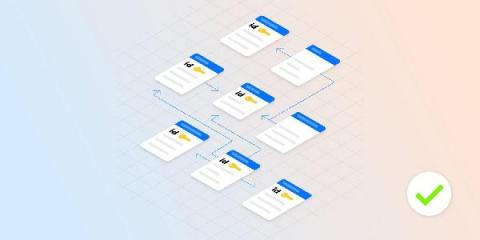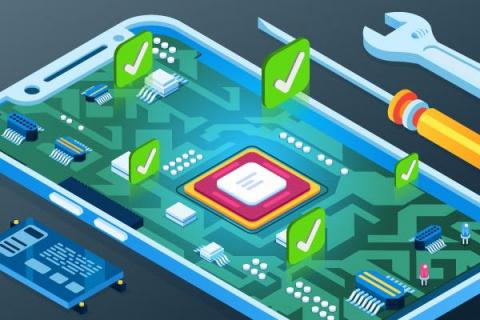Systems | Development | Analytics | API | Testing
Design
Canva or Affinity Designer: Which will you choose?
Graphic design is the art through which messages and ideas are communicated visually. Graphic design is also known as communication design and refers to the way designers connect with people through graphics or images. Elements of graphic design such as color, line, shape, space, texture, etc., influence the perception of consumers and viewers. Graphic design is a field that has an impact in various fields around the world.
The Developer's Guide to SOLID Design Principles
Building stable and robust software is one of the primary goals of any software development project. While it is crucial to keep your code error-free for that, the real strength of your application comes from its foundation—the architecture of your code. SOLID is one of the most popular collections of software design principles. Its goal is to help you avoid common pitfalls and plan your application’s architecture from a very high level.
Design Environment Challenges: Using PLM for Semiconductors
Following up on an earlier blog post where we discussed what is product lifecycle management for semiconductors, in this blog we will delve deeper into the challenges that PLM presents for a semiconductor design environment. Although PLM tools have seen some success in industries such as defense, automobile, aerospace, and others with large design teams and well-established methodologies, the adoption rate in the semiconductor space has been slow.
6 Database Schema Designs and How to Use Them
Database Schema Design: Best Practices for Integration and Analysis
Learn how to design normalized schemas that make life easier for analysts and data engineers.
What is REST API Design?
Secure Collaboration for Chip Design in Cloud Environments
Earlier this year, Perforce hosted the Embedded DevOps Summit, exploring solutions to modern challenges in the planning, development, and testing stages of embedded software. As part of this event, Warren Savage, Visiting Researcher at the Applied Research Laboratory for Intelligence and Security (ARLIS) at the University of Maryland, presented Secure Collaboration in Cloud-Based Chip Design Environments.
Design considerations for SAP data modeling in BigQuery
Over the past few years, many organizations have experienced the benefits of migrating their SAP solutions to Google Cloud. But this migration can do more than reduce IT maintenance costs and make data more secure. By leveraging BigQuery, SAP customers can complement their SAP investments and gain fresh insights by consolidating enterprise data and easily extending it with powerful datasets and machine learning from Google.
Hardware Design Best Practices
Hardware design typically entails teams of many designers with a wide range of disciplines. Each of these designers manage a different aspect of the project, maybe with different workflows, and generate a large amount of diverse data. Data management tools like Helix Core manage a substantial portion of this data. In this blog, find out how these tools are best used with an IP lifecycle management platform like Methodics IPLM to solve the unique challenges for hardware design projects.









